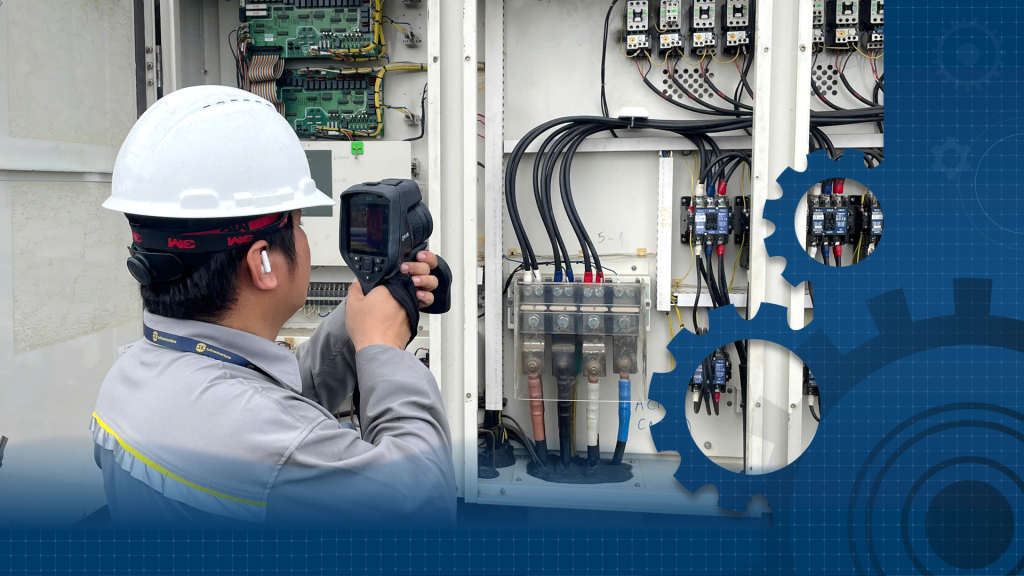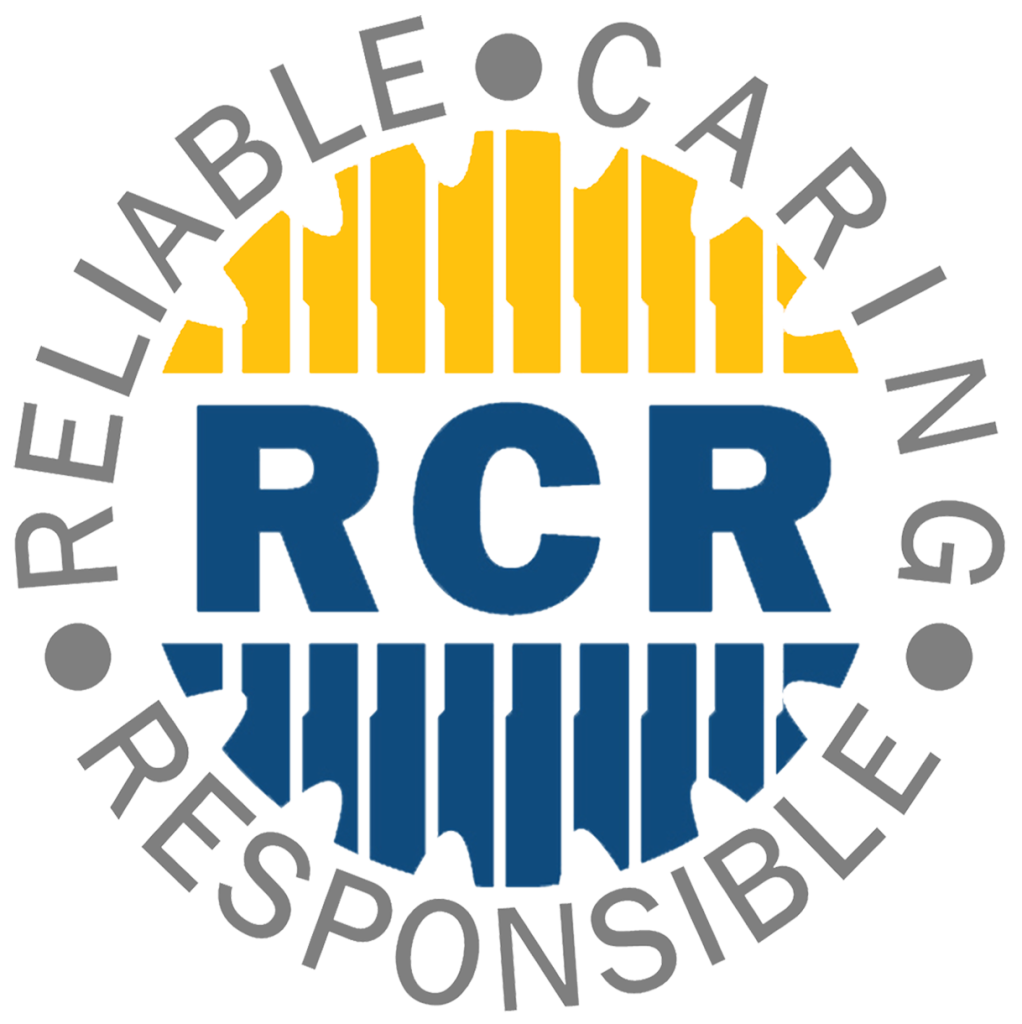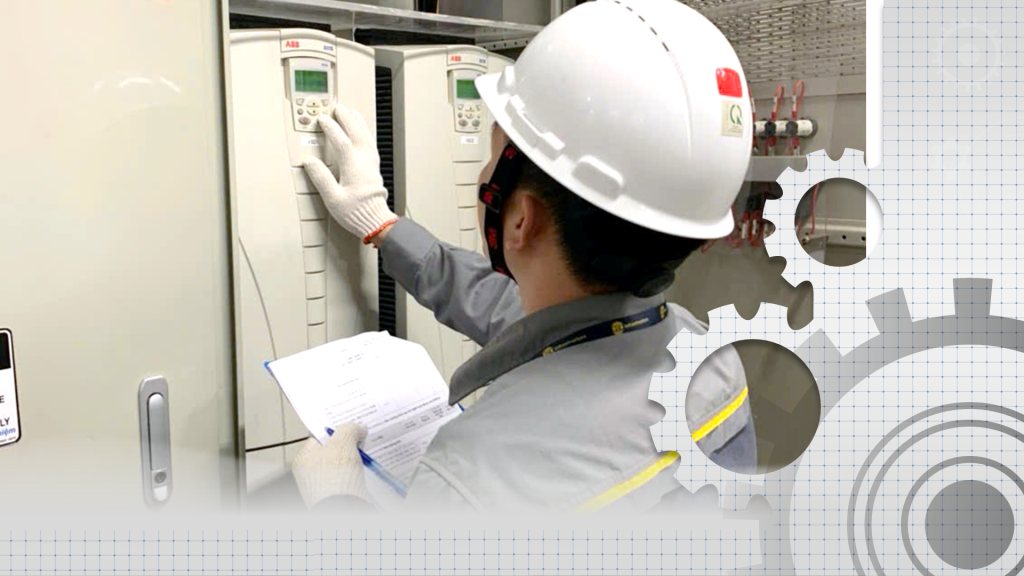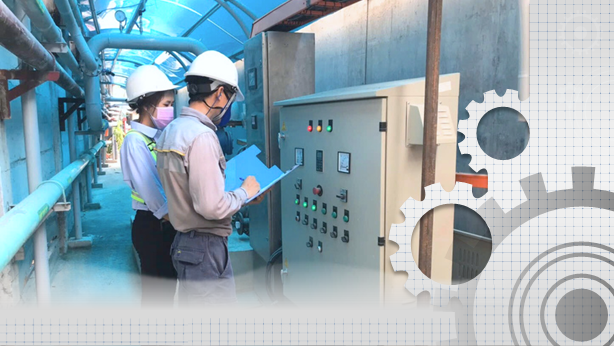Electrical failures can occur without warning, resulting in costly outages, operational shutdowns, and even safety hazards. But most of these failures are preventable. In fact, over two-thirds of system breakdowns can be avoided with an effective electrical preventive maintenance (EPM) program. Almost every business disruption originates from electrical systems that are not regularly inspected, tested, and maintained.
Power outages and power failures not only disrupt your work, they also threaten safety, damage critical equipment, and directly impact your bottom line. Proactive EPM helps detect potential problems early, prevent costly breakdowns, and maintain system reliability when you need it most.

Key Takeaways
-
- What Is electrical preventive maintenance?
- Why an electrical preventive maintenance checklist is important
- Core components of an effective EPM checklist
- Implementation tips for facility managers
What is electrical preventive maintenance?
Why an electrical preventive maintenance checklist is important
- Ensure consistent maintenance practices
- Detect and prevent faults before they cause failures
- Reduce emergency repairs and unexpected costs
- Meet safety regulations and insurance requirements
- Extend the lifespan of critical electrical assets
- Improve energy efficiency and reduce downtime
9 Core components of an effective EPM checklist
To build an effective Electrical preventive maintenance plan, it’s important to cover all key areas of your electrical system. The following checklist outlines essential components that facility managers and technicians should routinely inspect and maintain to ensure safe, uninterrupted operation.
1. Visual inspection
Routine visual inspections are the first line of defense. Technicians should check for:
- Signs of wear, discoloration, or corrosion on wires and terminals
- Loose connections or exposed conductors
- Cracks, moisture, or rust in switchboards and distribution boards
- Damaged insulation, overheating marks, or electrical odor from panels
In large-scale facilities like factories or malls, inspections should also cover:
- Electrical risers and trunking systems
- Cable trays and wireways
- External power supply feeders
2. Thermal imaging
Infrared thermography allows maintenance teams to detect heat anomalies invisible to the naked eye. Hot spots typically indicate overloaded circuits, loose connections, or failing components. By identifying these in advance, facilities can avoid fires, unplanned outages, and equipment damage.
For facilities with extensive production lines or server rooms, thermal scanning should be conducted at regular intervals, particularly during full-load conditions. Images should be documented and tracked for trends over time.
3. Electrical testing and measurements
Advanced diagnostics include:
- Measuring voltage, current, and phase balance
- Testing insulation resistance on critical cables and motors
- Earth resistance and continuity testing
- Testing RCDs (Residual Current Devices) and protective relays
- Monitoring harmonics and power factor for electrical stability
These tests help ensure compliance with standards such as IEC 60364, NFPA 70B, and Vietnam’s local electrical safety regulations. Facilities that rely on power quality such as precision manufacturing require deeper analysis such as waveform distortion and transient voltage monitoring.
4. Cleaning and tightening
Dust, debris, and oxidation can significantly impair electrical components. Cleaning terminals and contact points is essential. At the same time, all connections should be tightened to prevent arcing and overheating.
Technicians should focus on:
- Electrical panels and distribution boards
- Control panels for HVAC, lighting, and production machinery
Use anti-oxidation compounds where necessary and follow lockout-tagout (LOTO) procedures during servicing.
5. Panel and equipment checks
Electrical panels are the heart of any facility’s electrical system. Maintenance teams should:
- Inspect for proper labeling, breaker coordination, and accessibility
- Check circuit breaker function, trip times, and relay settings
- Review any panel heat buildup or airflow obstructions
In industrial settings, power factor correction units, capacitor banks, and step-down transformers must also be inspected for load balancing and voltage stability.
6. Lighting systems
Efficient lighting contributes to safety and energy savings. Include in your checklist:
- Function tests for emergency and exit lighting
- Check lighting automation controls and timers
- Replace flickering or low-output bulbs and test battery backup for emergency fixtures
In warehouses and large commercial centers, faulty lighting can increase safety risks and reduce productivity, making this step vital.
7. UPS and backup generators
Uninterruptible power supplies (UPS) and generators are critical during outages. Maintenance should include:
- Visual inspection of battery health, terminal cleanliness, and voltage levels
- Load testing under simulated power loss conditions
- Fuel system checks, cooling system servicing, and oil level monitoring
In data centers or hospitals, these backup systems ensure business continuity and even life safety. Failures are unacceptable.
8. BMS, smart meters, and control integration
Modern facilities increasingly rely on integrated Building Management Systems (BMS). Your checklist should verify:
- Electrical sensor calibration (current, voltage, energy meters)
- Integration points between control panels and BMS
- Data logging accuracy and response time
This helps facility teams monitor energy performance and identify potential faults before physical failure occurs.
9. Documentation and reporting
Accurate records are essential for tracking asset performance and maintenance history. After each inspection:
- Record test results and observations in digital maintenance management systems (CMMS)
- Note corrective actions taken or needed
- Update panel schedules and load data
Digital logs help meet audit requirements, track KPIs, and plan future upgrades or retrofits.
Implementation tips for facility managers
- Plan during off-hours: Schedule inspections during nights, weekends, or shutdown periods.
- Use certified technicians: Ensure all work is performed by licensed electricians with industrial experience.
- Standardize procedures: Use consistent checklists across multiple sites for benchmarking.
- Follow international standards: Align with NFPA 70B, IEC 60364, ISO 50001, and local Vietnamese electrical codes.
- Prioritize critical loads: Focus on systems that directly impact safety, production, or tenant comfort.
Electrical Preventive Maintenance (EPM) is not only a best practice, but also an essential pillar of modern facility management. In an environment where even minor electrical issues can lead to costly downtime, equipment damage, or safety risks, a proactive and well-structured maintenance approach is essential. A comprehensive EPM checklist helps ensure that every component, from control panels to backup generators, operates reliably and efficiently.
By following a systematic checklist and partnering with a trusted service provider like RCR Vietnam, facility managers can identify problems before they escalate, reduce unplanned outages, and optimize energy efficiency across the board. In doing so, they not only protect their assets but also enhance long-term resilience and efficiency.





